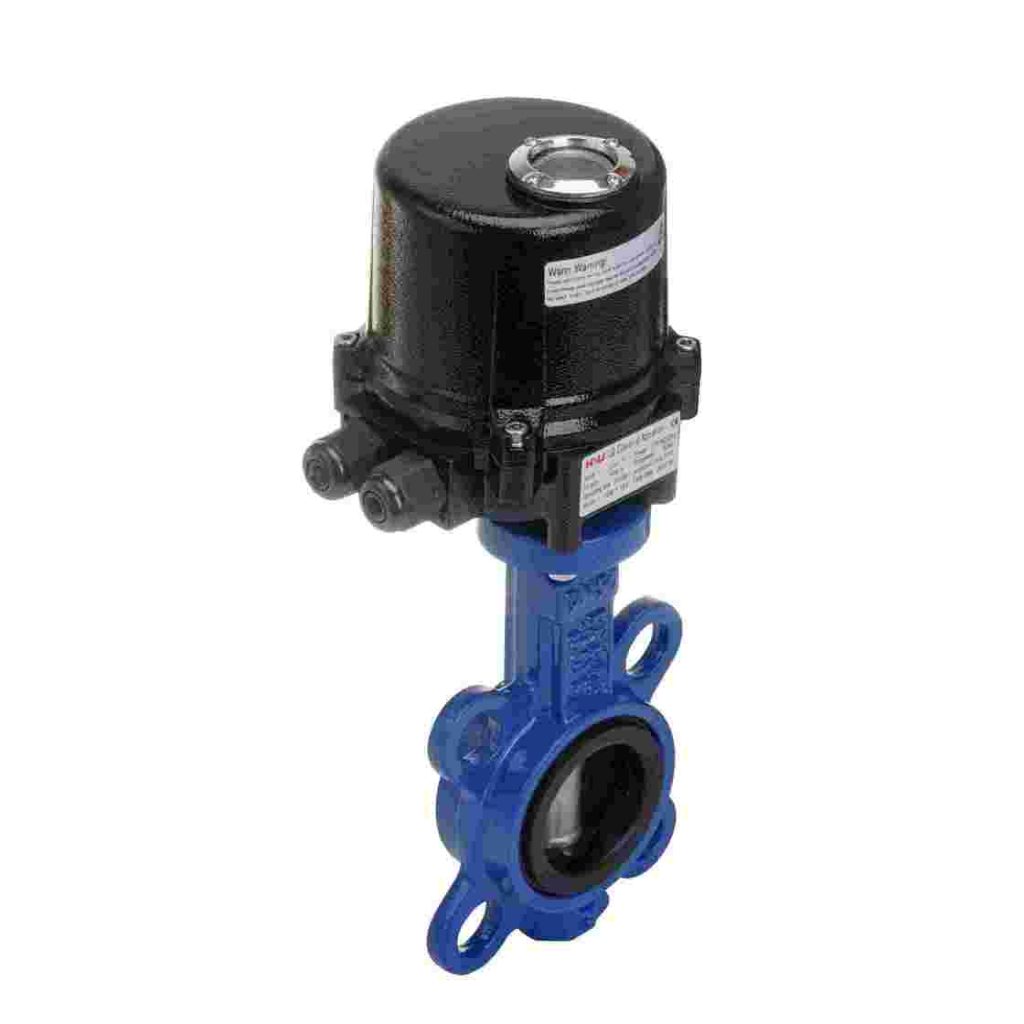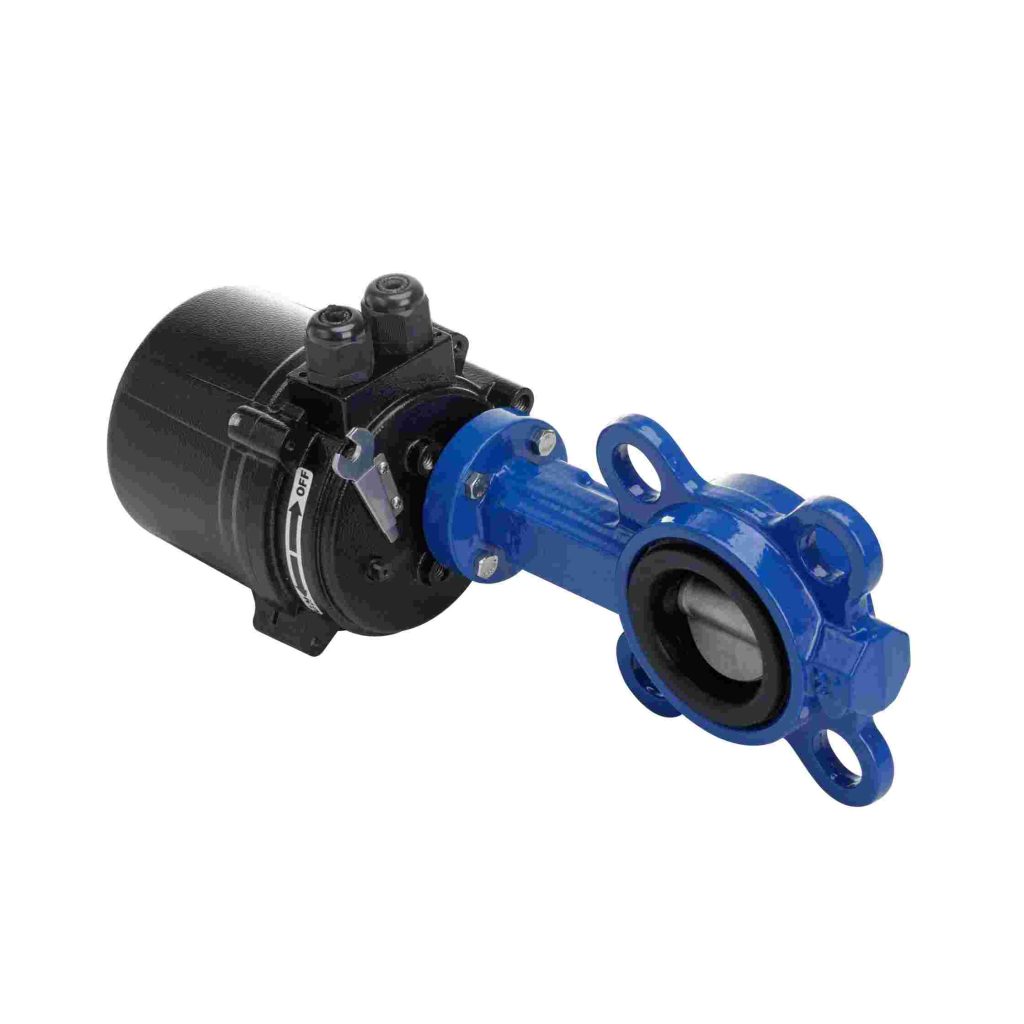Agriculture has long been the backbone of human civilization, providing food, fiber, and raw materials. As the global population continues to rise, so does the demand for efficient agricultural practices that can sustain food production while minimizing resource use. One innovative solution gaining traction in modern farming is the lithium battery electric butterfly valve, which plays a crucial role in irrigation systems. This technology not only enhances water management but also promotes sustainable agricultural practices.

Understanding Butterfly Valves

Butterfly valves are essential components in fluid control systems, particularly in irrigation. They consist of a disc or a “butterfly” that rotates on a spindle to regulate the flow of liquid through a pipe. When the valve is closed, the disc is positioned perpendicular to the flow, creating a barrier. When opened, the disc aligns with the flow, allowing water to pass through. The simplicity and efficiency of butterfly valves make them ideal for agricultural applications, where controlling water flow is critical. The Role of Lithium Battery Power Traditionally, butterfly valves were operated manually or through pneumatic systems that required significant infrastructure and energy consumption. However, the advent of lithium battery technology has transformed the operation of these valves. Lithium batteries are lightweight, have high energy density, and possess a longer lifespan compared to conventional batteries. This makes them an excellent choice for powering electric butterfly valves in remote agricultural settings where access to electricity can be limited.

Leave a Reply